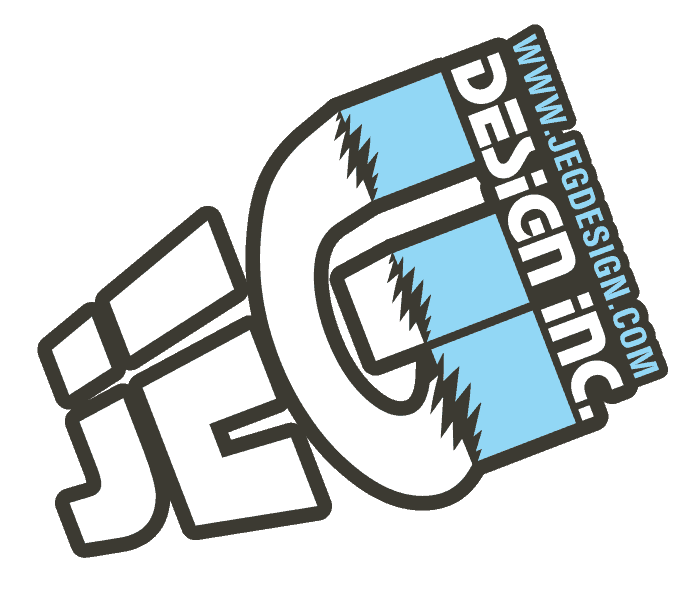Designers dream of acquiring millions on their own terms. However, there are some hard truths. This blog is about those hard truths. Enjoy.
A lifetime ago I was a seasoned copywriter/account executive in the wonderful world of radio. With great regularity, almost on a quotidian basis, I would visit new potential clients, prospects. After conversations about their business, my business, life, the New York Mets, I would eventually ask—
“What do you want your commercial to say?”
Unbeknownst to them, I already knew their answer.
“I don’t know, you’re the writer.”
Not considering myself much of “a writer”, I’d take this as a glowing compliment, hop in my car, race back to the station and peck away on my shitty Dell desktop keyboard caked in coffee stains and sour patch fingerprints. 20 minutes later I’d have an original script in-between 180 to 200 words, give it a quick “once over”, and send it back to the prospect. Then I’d lean back and await their glowing approval.
Know what I’d get instead?
“Hey, it’s not quite what I was thinking. I’ll type something up and send it to you in the morning.”
Goddamn it.
The following day — after a night of kicking my bed covers during internal fictitious arguments about how much I know and how little they do — I’d sit down at my desk, check my e-mail and find a commercial written by the client saying:
“Stop by our location with convenient parking. Inside you’ll find a friendly, knowledgeable staff, and prices that can’t be beat. Just look for the store with the inflatable gorill on top. Blah, cliché, blah, cliché, blah, cliché, phone number.”
Oh, and they also wanted “Whole Lotta Love” as background music.
Moral of the story, when it comes to designing, get ready to check your ego real effin’ quick!
This is the second in a two-part series about the do’s and don’ts in web and graphic design. Jonathan Gicewicz, owner/operator/ and chief designer at JEG DESIGN INC is providing these tips to anyone new to the entrepreneurial ways of web and/or graphic design. A masterclass provided to you by a man who has created a nice living for he and his family by excelling in both of these worlds.
The last blog was focused on web design. This one is for the graphic designers. An industry, as mentioned in a previous post, is saturated by those who dare to dream of creating the next great logo while punching their own clock whenever they felt like it.
While there may seem to be a bit of redundancy in terms of the lessons, you’ll see a shift in specific importance and why so.
With that, let’s begin with the lesson from the parable I started this post with:
No Ego
The first few radio scripts I wrote were written with eyes full of stars and imagination. Using character voices such as Bill Clinton and “Grounds Keeper Willy”. I found it hysterical to have words bleeped out and lines riddled with inuendo’s. Then, well, then I got put in my place a couple times over when the client simply said:
“I’m the client and this is NOT what I want.”
You think you’re so clever. Genius even. You create a masterpiece of originality, the likes has never been seen and/or heard.
Gicewicz even told me that,
“I would create a design which would set them apart from their competition. And you know what they would typically want? Something exactly LIKE their competition.”
This leads to the next lesson shared from the previous post —
The Client Is Always Right
Here are a couple lessons within a lesson — after you receive feedback from the client dismissing the work you deemed a masterpiece and they declared it not being what they want:
- Write an email venting how much you know, how little they do, and wish them luck selling that goddamn beige Ford Escort because they have “convenient parking”. Then delete it.
- They’re right.
This isn’t YOUR design, this is THEIR design.
They’re paying you to provide them a service. Imagine you went to a car dealer and they told you what car you’re going to buy. (Funny thing, I did sell cars at one point. One day I was told by my manager to sell a couple a car they specifically told me they wanted NOTHING to do with. Reason 1,873 why I hated selling cars.)
No matter how wonderous your creativity is. How limited their (the clients) mindset is. And how stellar your design may be. How you’re convinced they’re driving down the creativity highway while looking through a drinking straw — It’s not up to you.
And trust me when I say this, they don’t give a shit how long it took you to create it. Let that marinate for a moment.
However, this leads to our next tip…
Be Original
Do I really have to tell you not to steal from others? Well, Gicewicz did. For both web and graphic design.
“Guy calls me up, asked me a couple questions, next day, his site is identical to mine including my graphics”.
Ya, not a good look. Sure, are there designs which may be very, almost eerily similar to another’s? Of course. There is a line I once heard Aaron Sorkin, by far my favorite writer, say:
“Good writers borrow from other writers. Great writers steal from other writers.”
But make it your own.
If a design uses this color which you love and sparks this flow of imagination running rapidly throughout your body—Use it. Just don’t use it specifically like the one you took it from.
Realize, it’s glorious to be remembered for a style. It’s calamitous when it’s because you flat out stole it from someone else.
I was once told about writing a screenplay — “Don’t tell me why this is a good story, tell me why you’re the only one who can tell it!”
Conclusion
Gicewicz shared a few more pearls of wisdom over the course of our conversation. (Maybe for another blog!) However, I loved this flow of advice which poured out of him and wanted to save it for last —
“ Have your own style. Be hyper specific if you can. Be transparent. Serve the client. Be patient. Absorb clients. Don’t be reactionary. See their perspective. The client is always right. Even if you don’t agree. The client is always right. I’ve done work I hated, but if the client is happy, that is all that matter.”
This wasn’t only a stream of consciousness from the mouth of a man who has found success, this is the mindset which made him successful. A mantra he lives by. The reasons why he has flourished while many have floundered.
Jon Gicewicz is hyper-competitive. Just go to Rutland Country Club to find out exactly how much he is. But he wants you to play well so he is forced to up his game. The reason why he decided to help those of you who are currently struggling in web and graphic design is so he must take his own craft to another level.
This is the mindset of an achiever. It’s the philosophy of a man who loves what he does.
And if you’re a business looking for a new web and/or graphic design — Contact him today for a free estimate.
Oh, and remember, after writing that email telling the client how stupid they are, HIT DELETE!
~
#GraphicDesigners #GraphicDesigner #GraphicDesign #GraphicDesigning #GraphicDesignTips #graphics #Graphicart #Graphic_Design #Graphic_Designer #JEGDesign
~
Written By Keith Hannigan
Keith has over a 11 years of copywriting experience and has been blogging for companies in the advertising, design, boating, and marketing industry. For examples of his work or to contact him with any questions, please email Keith at [email protected]



